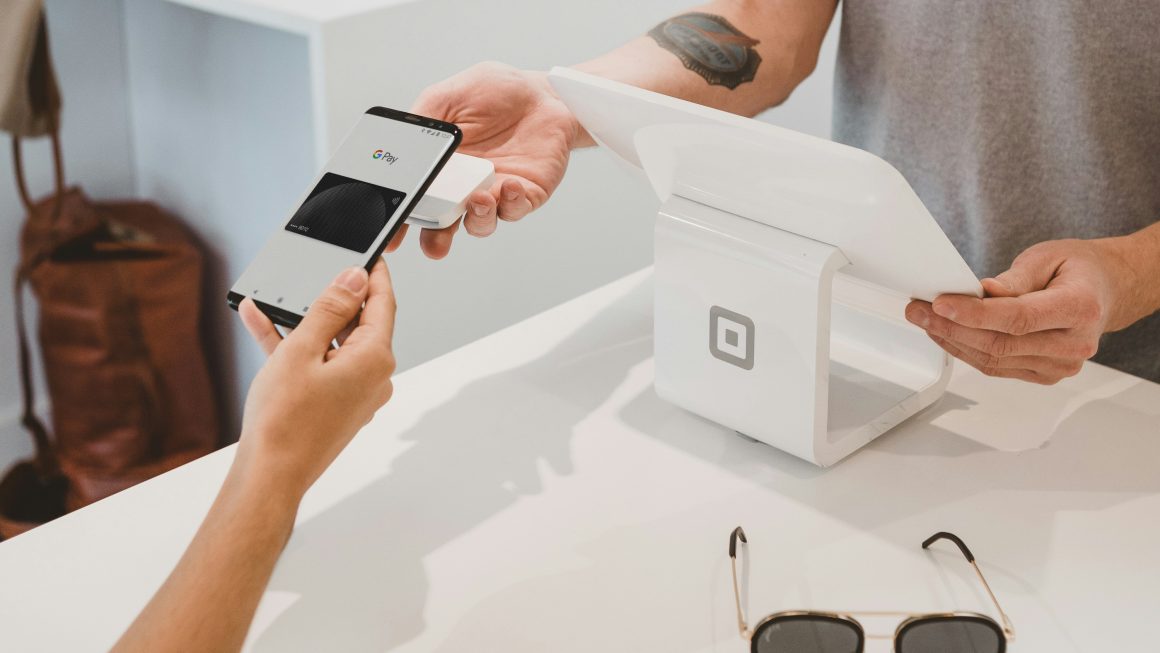OWASP Top 10: As the mobile application consumers are growing day by day similarly the convenience element associated with the usage of mobile applications has also significantly increased. This is the main reason companies are going with the option of OWASP mobile top 10 lists because it very well highlights the securities laws and various abilities associated with the whole concept. Many a time’s the mobile applications and the devices look secure but actually, they are not in compliance with the global standards of application security.
OWASP Top 10 List was found in the year 2001 and helps to provide complete awareness about the emerging security-related threats to the mobile applications so that best quality solutions can be implemented proactively. The list always helps you rectify the types of security risks which can act as the guide for all the developers to build highly safe and secure applications based upon best of the coding practices.
Following is the complete bifurcation an explanation of the list of OWASP Top 10:
-M1: The improper uses of the platform:
This particular type of risks covers the miss-use of the operating systems and failure of the platforms to undertake security controls. The risk associated can include the leakage of data, sniffing of android intent and the key chain risk to the iOS applications.
-M2: The insecure storage of data:
This particular category includes the exploitability of the applications and also helps to inform the developer community about the easiest ways to access insecure data into a mobile device. The most common risks include the compromised system of files, exploitation of the unsecured data and several kinds of practices dealing with android debug Bridge and Igoat iOS.
– M3: The insecure communication:
This particular classification deals with risks that generally take place through the telecom carrier or over the internet. The risks include the stealing of information along with a man in the middle attacks and admin account compromise. The best practices to deal these kinds of risks include applying SSL to all the transport channels and assuming that network layer is not strong and secure side-by-side utilizing the strong as well as industry-standard cipher suites along with appropriate key length.
-M4: The insecure authentication:
Sometimes there can be issues with the authentication of the mobile application and the risks associated with this point include the input form factor, insecure credentials of users and the best practices include security protocols along with online authentication methods so that safety can be ensured all the time.
-M5: The insufficient cryptography:
Sometimes data in the mobile applications become highly vulnerable to the weak encryption as well as decryption procedures. Other common associated risks include the stealing of application and user data along with having access to the encrypted files. The best practice to deal with this point is to choose the modern encryption algorithm so that applications can be encrypted all the time.
-M6: The insecure authorization:
Some of the people go with the option of confusing this point with the M4. But actually, this point deals with risks, for example, unregulated access to the endpoints of admins and the IDOR access. The best practice to deal with these kinds of issues is to continuously test the user privileges with the help of low privilege session and the developers should also keep the authorization scheme in mind so that roles and permissions of the authenticated user servers can be undertaken very well.
-M7: The poor quality of codes:
This particular point deals with inconsistent and poor coding practices from the end of developers. The most common risk includes the compromise missions into mobile security and lacunae in the third-party libraries. Client input security is another matter of concern in this point and the best practices to deal with such issues is to have a bite specific code along with static analysis and cold logic.
-M8: The tempering of codes:
Sometimes hackers also prefer to temper the course of applications in the form of several kinds of manipulations and the most common risks include the theft of data along with malware infusion. The best practices to avoid these kinds of issues are to go with the option of checksum changes, runtime detection and data erasure.
– M9: The reverse engineering concept:
The concept of reverse engineering is the mobile code which can be exploitable commonly. A lot of hackers go with the option of using the external and commonly available binary inspection tools to study the code patterns of the original application. The most common risks include the dynamic inspection at an on-time, having access to remove features and stealing of course. The best practices to avoid this concept is to go with the option of using see languages, undertaking code obfuscation and utilizing similar tools to deal with this thing.
–M10: The extraneous functionality:
Sometimes when the application is ready for production the development team always goes with the option of keeping some of the codes easier so that they can have easy access to the backend server. These kinds of codes are extraneous to the functioning of the application and can damage the whole development cycle very well. The most common risk included with this point is the getting the information related to database, user permissions, user details and disabling all the functions for example 2 factor authentication. The best practice to avoid this point is to always ensure that none of the code is present in the final build and there are no hidden switches under the configuration settings. All the logs should not be descriptive and developers must always ensure that adversary cannot set the applications to debug flag to true.
Hence, the above-mentioned threats can be dealt with the help of comprehensive security solutions provided by various companies in proper regard to the iOS and Android mobile applications. The companies also help to provide an intuitive dashboard to the business houses so that they can analyze all the potential threats and can take timely remedial measures to avoid the adverse effects.
Also read next: Best Practices For Hybrid App Development




